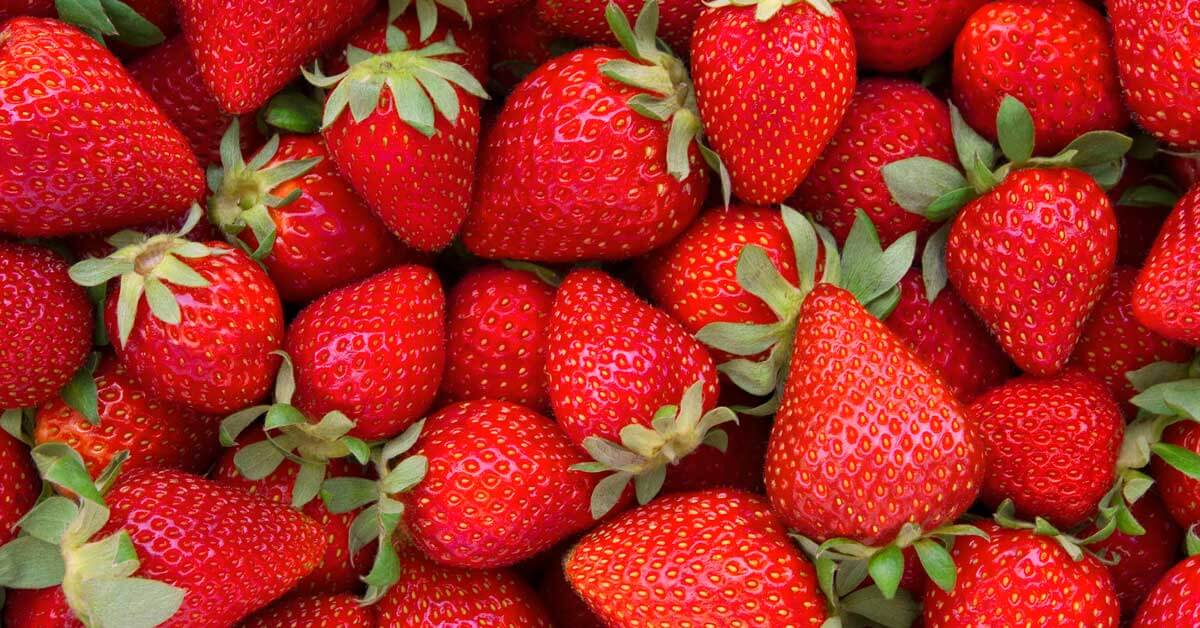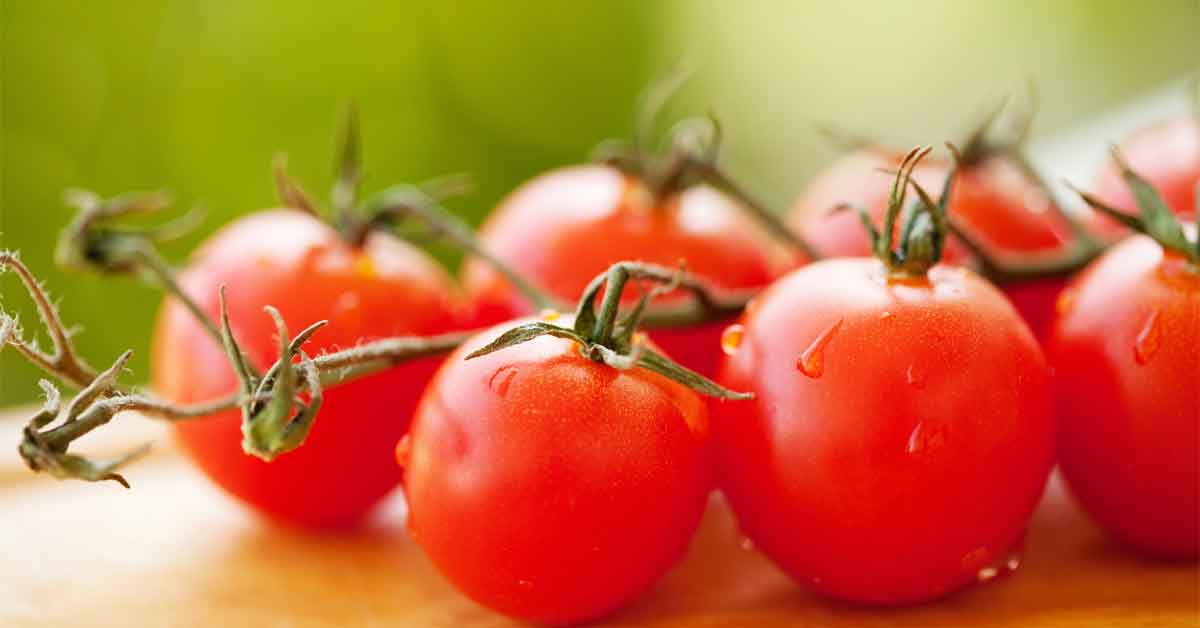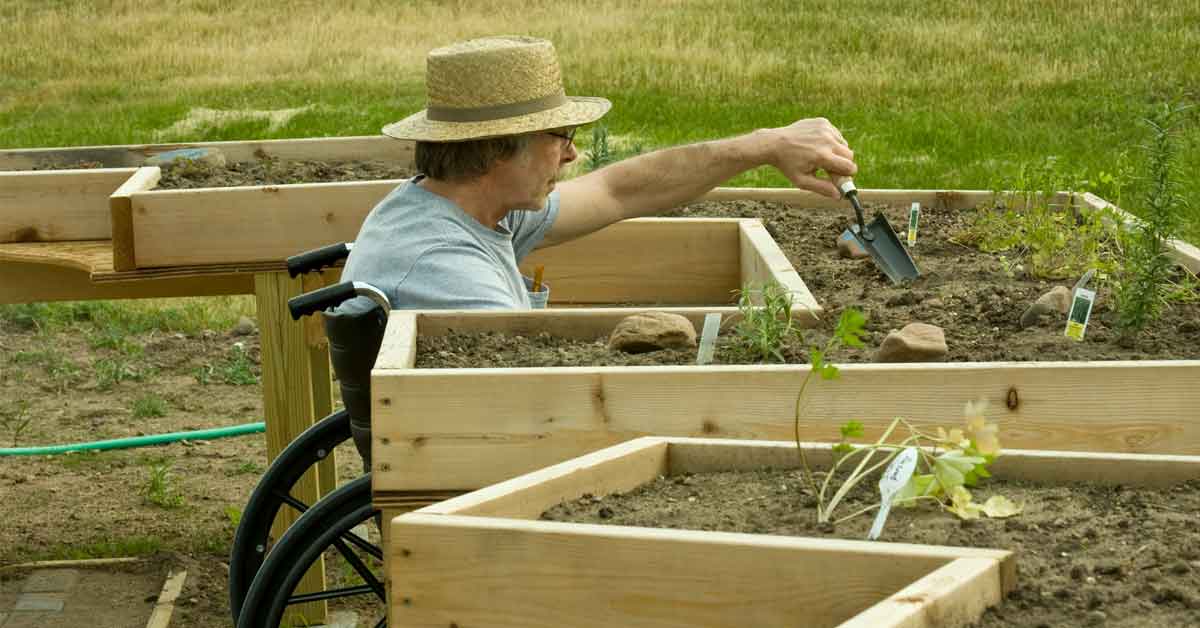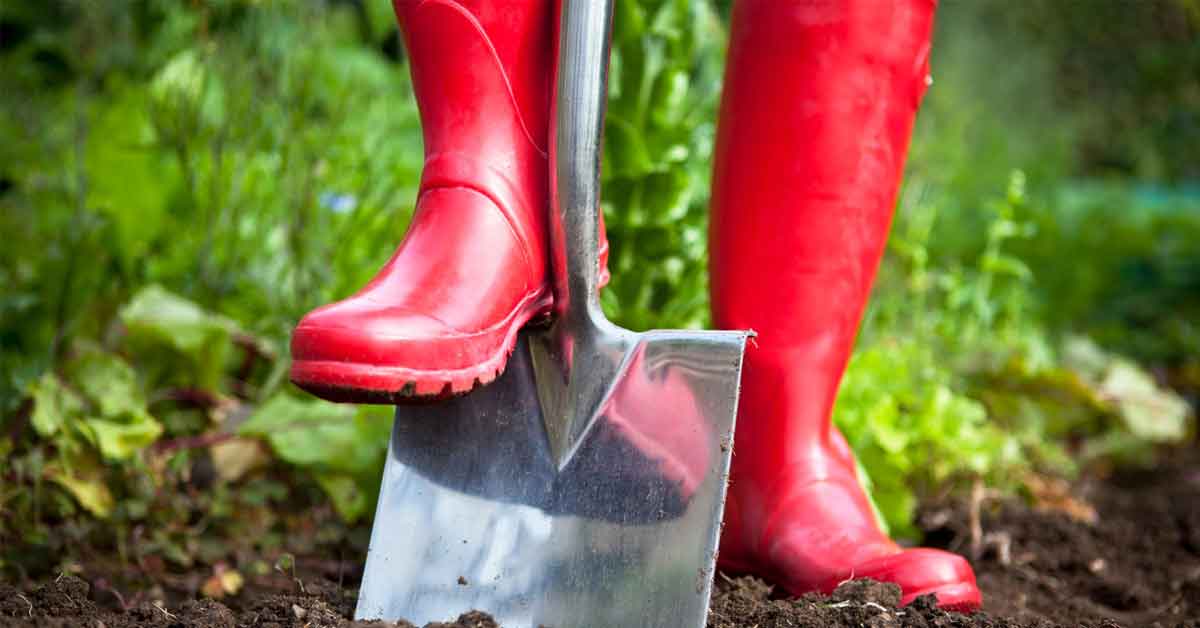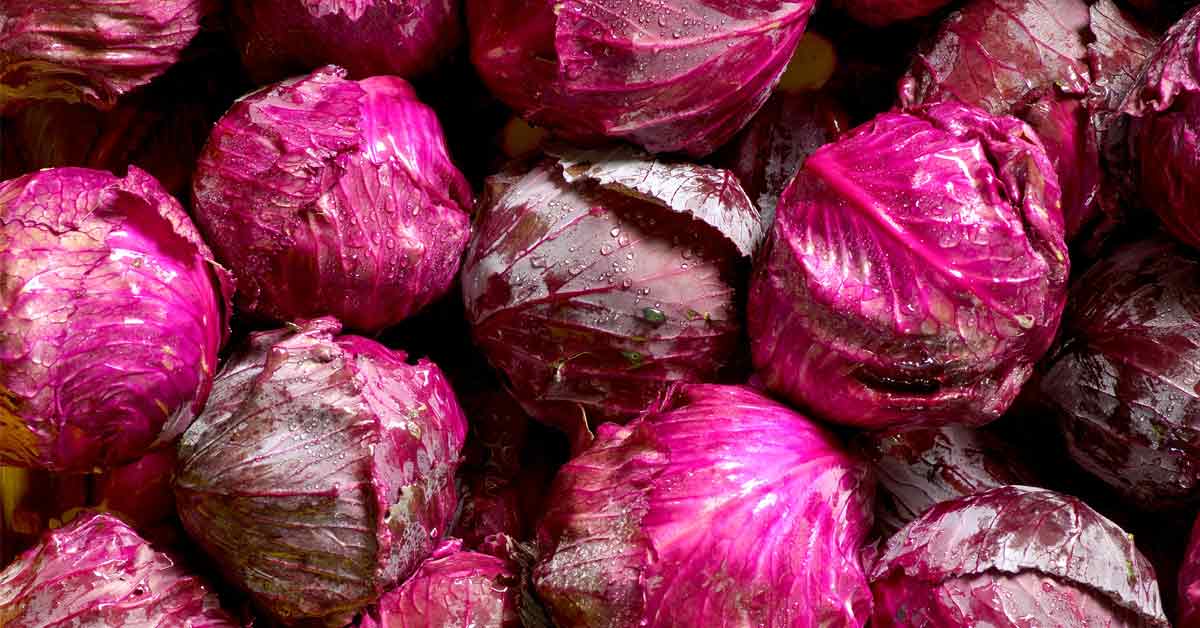How to Plant, Grow and Harvest Strawberries
Bite into a homegrown strawberry and prepare to get hooked on growing your own tasty berries. Once you savor the fresh, sweet flavor of a strawberry straight from the garden, there's no return to store-bought varieties. Low-growing perennial edibles, strawberries self-pollinate and produce fruit over a long growing season. With these simple strawberry basics, you can grow and harvest strawberries from spring and summer into fall:
- Understanding Types of Strawberries
- Buying Strawberry Plants
- Choosing a Site for Strawberries
- Preparing Soil for Strawberries
- Planting Strawberry Plants
- Cultivating Backyard Strawberries
- Managing Strawberry Pests and Diseases
- Enjoying Your Strawberry Harvest
Understanding Types of Strawberries
The key to harvesting plenty of juicy berries is to grow varieties that are well suited to your climate and purposes. When planning your strawberry patch, consider the following three main types of berries:
- June-bearing strawberries: This strawberry variety produces a hefty crop in late May and June. After that early crop, another small crop sometimes comes. But then the plants stop producing berries until the following year. This strawberry type works well if you want a lot of fruit all at once to make jam and baked goods. Popular June-bearing varieties include Sequoia, Chandler, Earliglow, L'Amour, Allstar, Cabot, Cavendish, Honeoye, Jewel, Kent, Sparkle, Surecrop and Seneca.
- Day-neutral strawberries: Day-neutral strawberries aren't affected by day length and are less sensitive to temperature extremes than other strawberry types. The flower buds form when temperatures are between 35 and 89 degrees Fahrenheit. This translates to fruit production over a long growing season from spring through fall — even year-round in mild climates. Popular day-neutral varieties include Albion, Seascape, Tribute, Tristar, Selva, Sweet Ann and San Andreas.
- Everbearing strawberries: Everbearing strawberry plants produce one crop in spring and another in fall. Popular everbearing varieties include Fern, Pink Panda and Quinault.
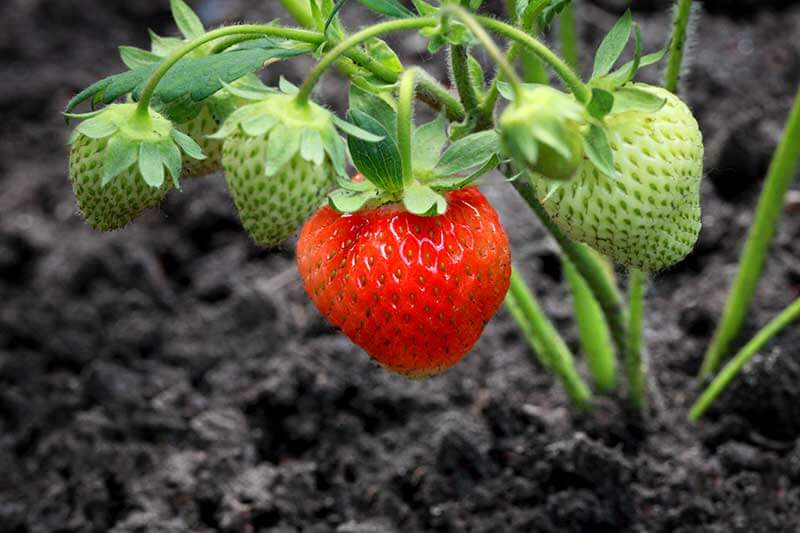
Buying Strawberry Plants
Strawberry plants come in two forms: dormant crowns and established plants. Dormant crowns, often called bareroot, are available in the late winter and very early spring, before the plants come out of winter dormancy. They get their name because they come with the soil removed from their roots.
If you can't plant bareroot strawberries immediately, follow the storage directions that come with your bareroot plants. Generally, you can store healthy dormant crowns in the refrigerator for up to one month before planting. Once planted, your dormant crowns begin active growth.
You can also buy established strawberries plants potted in containers at local garden centers in spring. These plants are actively growing and ready for in-ground planting or for growing in containers, such as strawberry pots.
Choosing a Site for Strawberries
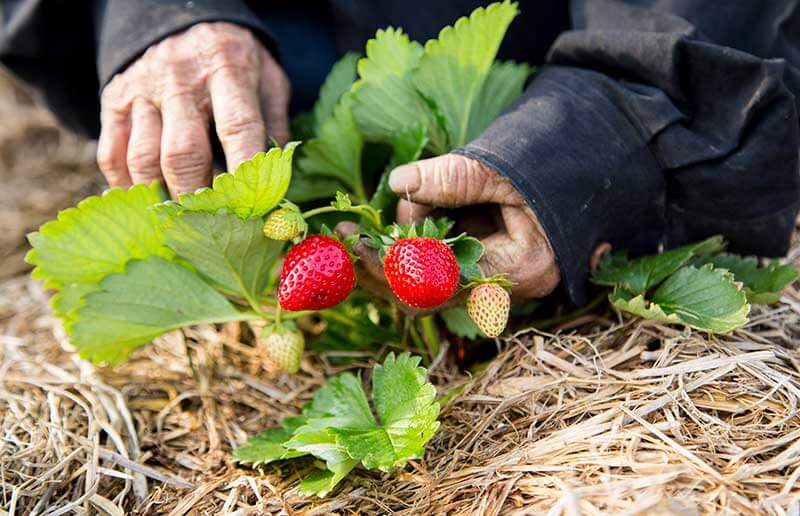
Whether you grow strawberries in the ground, in raised beds or in containers, these plants need six to eight hours of full direct sunlight per day to do well. Less sunlight results in less fruit. Avoid planting strawberries at the bottom of a hill or in a low-lying area where frost pockets tend to form. Minor cold injury won't kill your strawberry plants, but it can cause blossom loss — which means no fruit.
Remove all weeds from the growing site before planting. Weeds compete with strawberry plants for water, nutrients and light. Plus, weeds often harbor insect pests and diseases. To prevent strawberries from becoming infected by the soil-borne disease verticillium wilt, avoid planting in an area where you have grown tomatoes, peppers, eggplants, potatoes, raspberries or melons within the last three years.
Preparing Soil for Strawberries
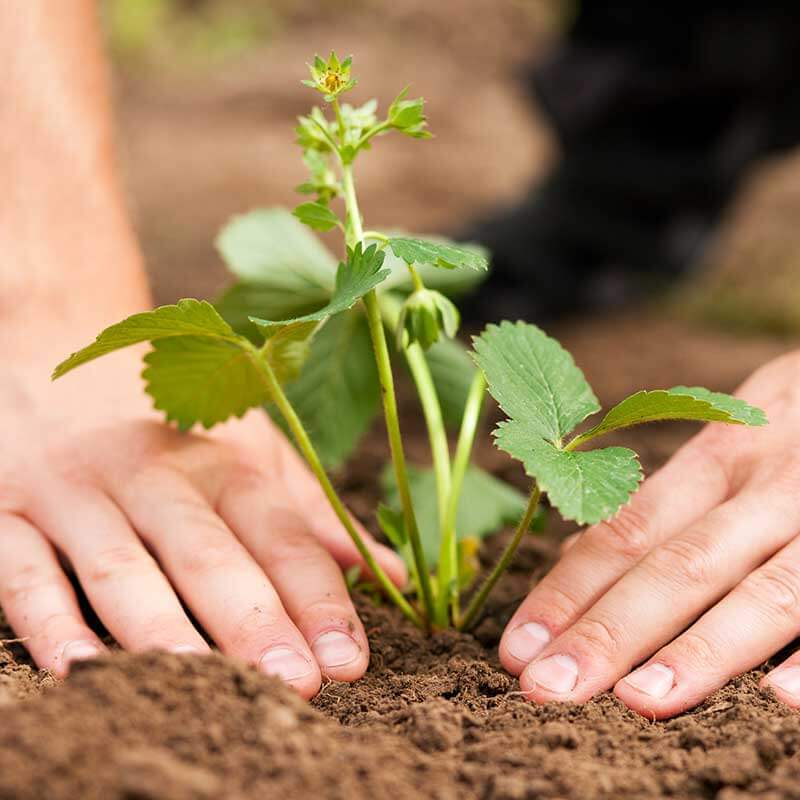
Strawberries need well-draining, slightly acidic soil that's rich in organic matter. Ideal soil pH for strawberries ranges from 5.8 and 6.2. If soil pH strays outside this range, key nutrients won't release to the strawberry plants. This results in stunted growth and little to no fruit.
To confirm your soil's pH and learn how to fix it, do a simple soil test. Your local county extension agent can help with information, kits and suggestions for testing laboratories. If the test results determine that the soil pH is too low, you may need Pennington Fast Acting Lime to restore pH balance. To fix soil pH when it's too alkaline, test results may recommend adding soil sulfur instead.
Strawberries are heavy feeders, so apply a 2- to 3-inch layer of compost to the soil surface and mix it into the soil before planting. Then incorporate a fertilizer such as Lilly Miller MORCROP Tomato & Vegetable Food 5-10-10 into the soil. This plant food provides a beneficial balance of essential nutrients, promoting better blooms and better strawberries.
For container-grown strawberry plants, grow in pots that have drainage holes. Use a well-draining commercial potting mix designed especially for container use. These mixes typically contain agents such as perlite or pumice that help prevent poor drainage and overly wet soil.
Planting Strawberry Plants
Plant strawberries in spring, once nighttime temperatures consistently remain 35 F or above and your soil is ready to work. Depending on your location, your garden may be ready anytime from March to mid-May. In some areas, you can plant strawberries as late as mid-June.
Before planting, follow the instructions that come with your bareroot/dormant crown strawberries. Prepare the dormant plants by soaking the roots for two hours in a bucket of water containing one tablespoon of Pennington Plant Starter to help reduce transplant shock.
Plant bareroot and potted plants in a hole that is large enough to spread the roots out. Completely cover the roots with soil. Make sure that the crown itself — the thick part in the plant's center above the roots — stays slightly higher than the surrounding soil. About 1/4 to 1/2 inch above ground level is good. Firm the soil around the plant to eliminate any air pockets. Water the soil well after planting.
Cultivating Backyard Strawberries
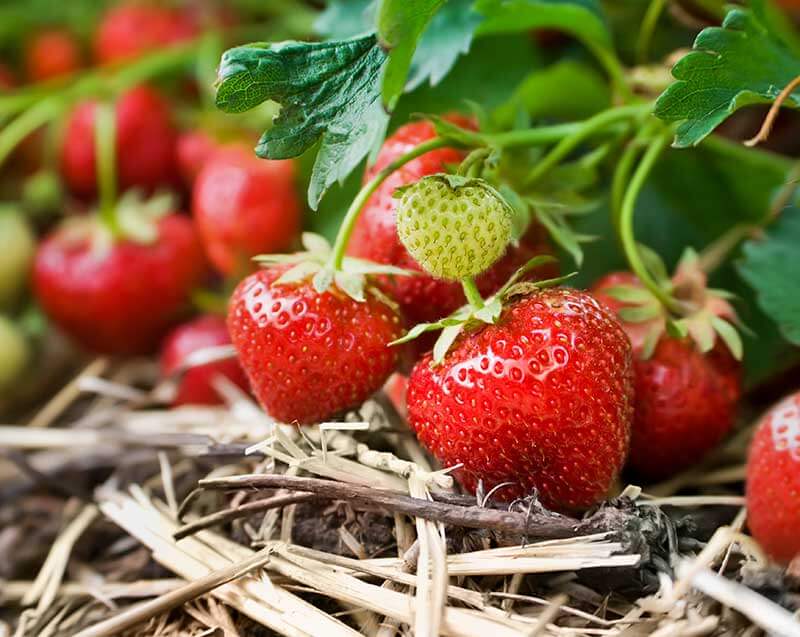
Well-maintained strawberry plants will give you an abundant harvest. As fruiting plants, strawberries need a constant source of moisture. Keep the plants well watered, but never soggy. Soak the planting area or container well once the top inch of soil has dried out.
Strawberries are heavy feeders. Fertilize the plants monthly with a fertilizer suited for berries, such as Alaska MORBLOOM 0-10-10 fertilizer, which has the ideal N-P-K ratio for strawberry growth. Strawberries need a fertilizer that contains little to no nitrogen, as nitrogen leads to heavy leaf growth and little or no fruit. But phosphorus and potassium support vigorous root growth and abundant, tasty, sweet fruit.
Managing Strawberry Pests and Diseases
Strawberries can fall victim to a variety of pests and diseases. Strawberry-loving pests include snails and slugs and a variety of other unwelcome guests. Sevin Insect Killer Dust Ready To Use treats strawberry pests such as aphids, spittlebugs, leafrollers and flea beetles. You can use this dust right up to the day you harvest your strawberries.
Strawberry plants are also prone to various fungal diseases. Your care can help prevent these conditions. Ensure your strawberries get plenty of sunlight. Water early in the day and avoid overhead watering, which can keep leaves too wet for too long.
Protect strawberries against powdery mildew right up to harvest with Sevin Sulfur Dust, used as a dust or a spray. Mulch strawberries with pine needles, straw or hay to keep fruit from touching the soil. This helps to prevent rot.
Enjoying Your Strawberry Harvest
Strawberries are ready for harvest about three to five weeks after they blossom. The sunnier and warmer the weather, the sooner they'll ripen. Strawberries ripen on the vine — not after they're picked — so harvest them when they're bright red with no tinge of green or white.
The best time of day to harvest is in the early morning or late afternoon, when the berries are cool and less likely to bruise. Pinch or cut the fruit from the vine and leave a short stem attached, which helps preserve freshness. Strawberries only last a few days at room temperature and a week or less in the refrigerator, so enjoy them soon after harvest.
Growing your own strawberries is a tasty and rewarding adventure. With a hand from GardenTech brands, you can grow a prolific crop and share nutritious, delicious strawberries with your friends and family all season long.
Always read product labels thoroughly and follow instructions, including guidelines for pre-harvest intervals (PHI) and application frequency.
GardenTech is a registered trademark of Gulfstream Home & Garden, Inc.
Sevin is a registered trademark of Tessenderlo Kerley, Inc.
Get Monthly Gardening Advice!

